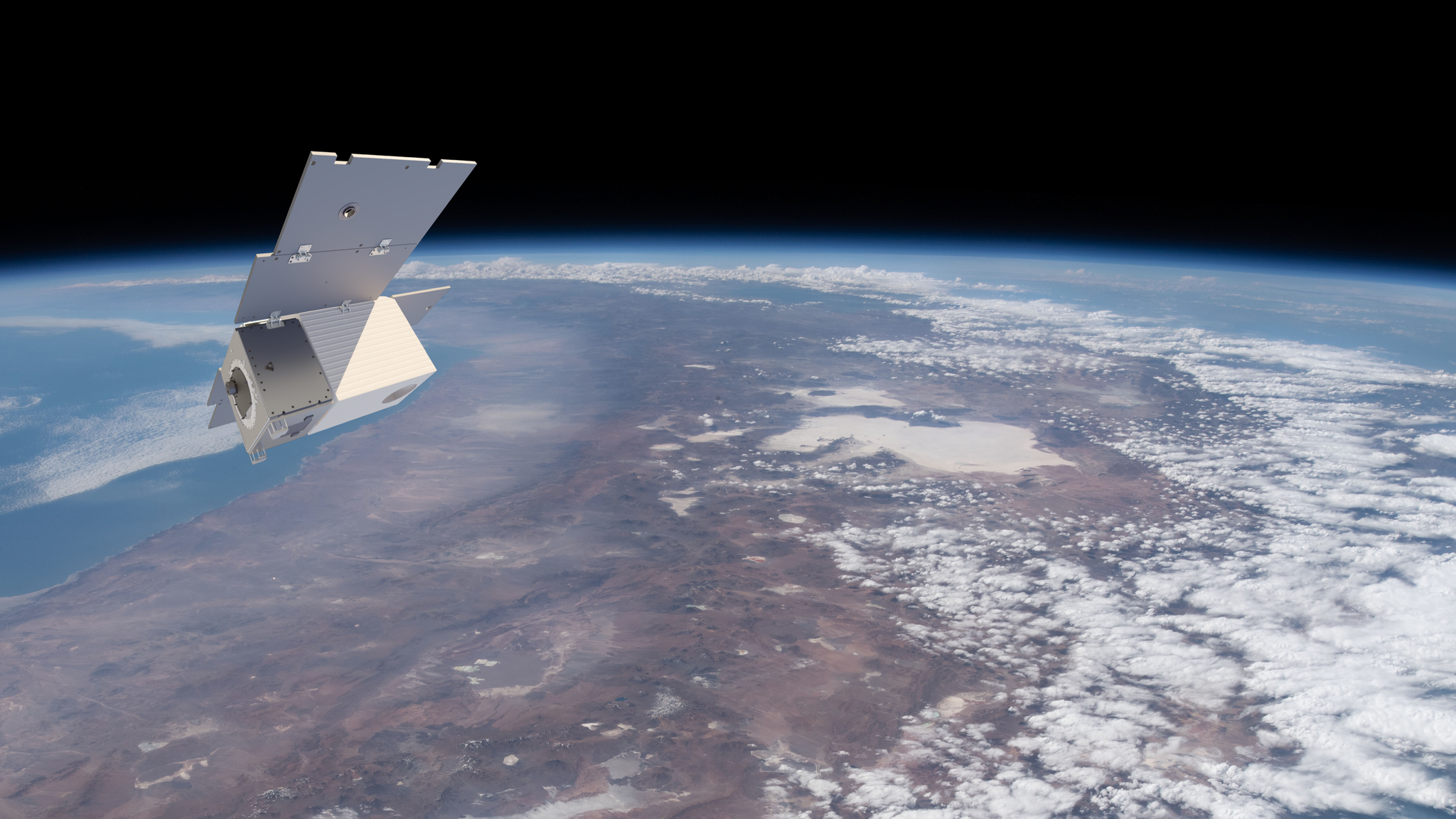Planet Arrives at COP26 to Enable Systems Change, Take Climate Action, and Make the Invisible Visible
This week, the most important convening on Earth, to ensure the future of the Earth, is assembling in Glasgow, Scotland. And Planet is here at COP26, doing our part to encourage radically ambitious climate action, using the best tools at our disposal. It’s difficult to understate the stakes of this convening. Since the signing of the Paris Climate Agreement six years ago, the nations of the world have slowly begun to bend the curve on emissions, due largely to spectacular advances in renewable energy. Even so, we haven’t yet made anywhere near the progress required to avoid the worst effects of the climate emergency. The UN’s Intergovernmental Panel on Climate Change, or IPCC, has modeled the five most likely scenarios, and determined that we now have only one narrow path through which we can avoid locking in the worst effects of climate change. That path requires us to take concerted action rightnow to avoid a planetary catastrophe by the end of the century. There can be no more dithering or predatory delay. Putting the planet on a sustainable course will require significant changes to almost every sector of the global economy, including energy, transport, industry, agriculture, cities, finance, and land-use. That, in turn, will require deploying many powerful new technologies, incentivizing new behaviors, financing climate mitigation and adaptation, redesigning our financial system to account for climate realities, and wherever possible, valuing and encouraging the extraordinary regenerative power of nature itself. But these actions alone will not be sufficient. To ensure our progress, we’re going to need a system for monitoring, collecting, and analyzing vast streams of real-time information about our world, and our impacts upon it – a monitoring, reporting, and verification (MRV) system that can show us our status and our progress (or lack thereof) in real time. As our co-founder and CEO Will Marshall notes, any time you build a satellite, you need to measure its behavior faster than it changes; if you don’t, you run the risk of it tumbling out of control. We need just such a guidance system for the Earth itself, to safely navigate the sustainability transition. That’s where Planet – along with our partners and collaborators – can help. Our technologies are designed to monitor and classify changes everywhere on Earth, every day, in high resolution. The data we produce are essential ingredients in independent, trusted climate indicators that can make visible what’s happened in the past, help guide informed action in the present, and improve transparency and reporting to guide decisions in the future. [caption id="attachment_147864" align="aligncenter" width="3840"]


Ready to Get Started
Connect with a member of our Sales team. We'll help you find the right products and pricing for your needs


